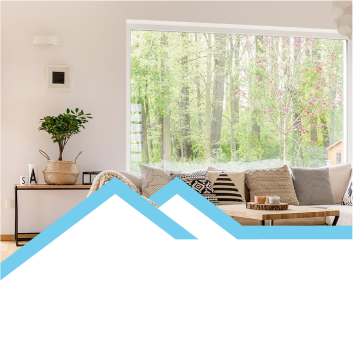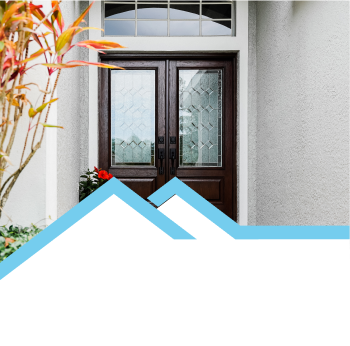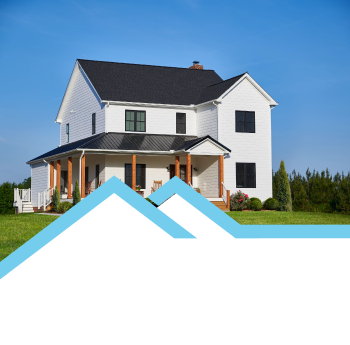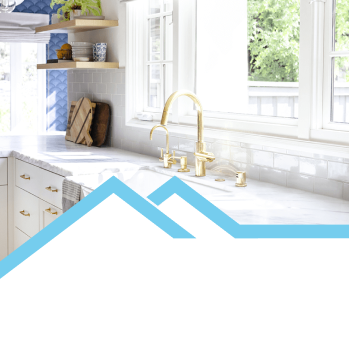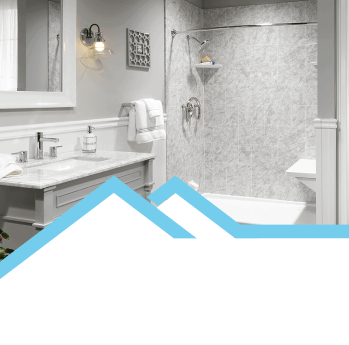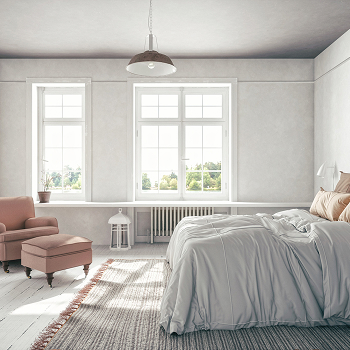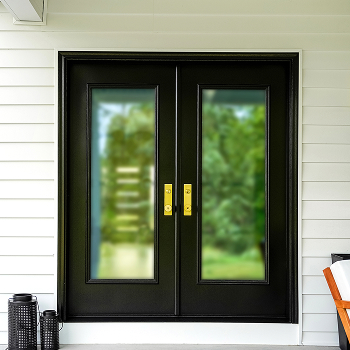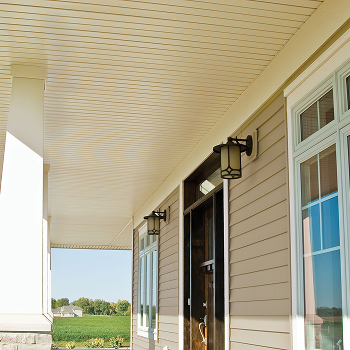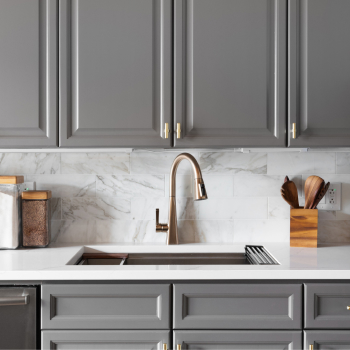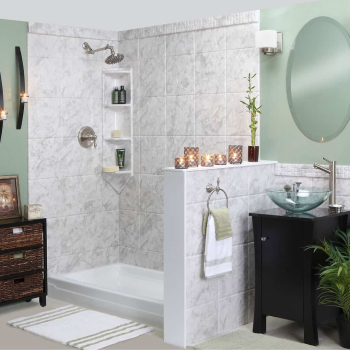Exterior design trends are leaning toward dark colors: dark roofing, dark window frames, and dark siding. In this blog, the vinyl siding suppliers at Woodbridge Home Solutions discuss what you should consider when choosing a dark siding color.
Heat Absorption
Dark-colored surfaces tend to absorb sunlight more than lighter surfaces. Dark exterior colors can be detrimental to a home’s energy efficiency. The more sunlight the roof absorbs, the higher the indoor cooling requirements will be during hot days. In contrast, white or light-colored exteriors reflect sunlight, positively affecting energy efficiency.
The exterior wall must have sufficient insulation if you choose dark siding colors. Similar to vinyl replacement windows, certain siding products may already have an insulating layer underneath, which is ideal for siding replacement projects. Otherwise, additional insulation may need to be installed.
Thermal Expansion and Contraction
Different materials expand and contract at different rates when exposed to temperature changes. Certain materials warp or even melt when they’re hot enough. This is why you should consider whether the siding material will warp from prolonged exposure to heat. The better quality the vinyl siding is, the less chance of it getting warped from the heat.
Molded-In Colors
One of the best features of vinyl siding is its molded-in colors—cut a piece in half, and you’ll see that the color goes through and through. One consideration with molded-in colors is that it may look pale or “washed out,” which often happens with low-quality vinyl siding. While this can be remedied using paint, you must be willing to endure the frequent scraping and repainting.
We recommend viewing samples at a local siding contractor’s showroom and investing in the best quality vinyl siding your budget will allow. Woodbridge Home Solutions is your leading provider of siding and replacement windows.







